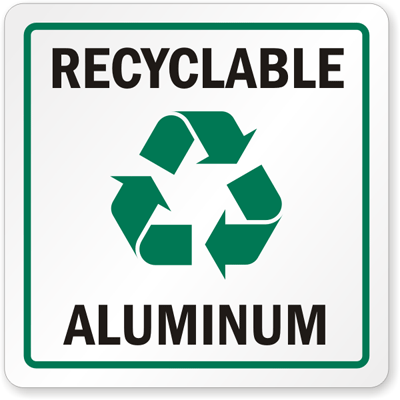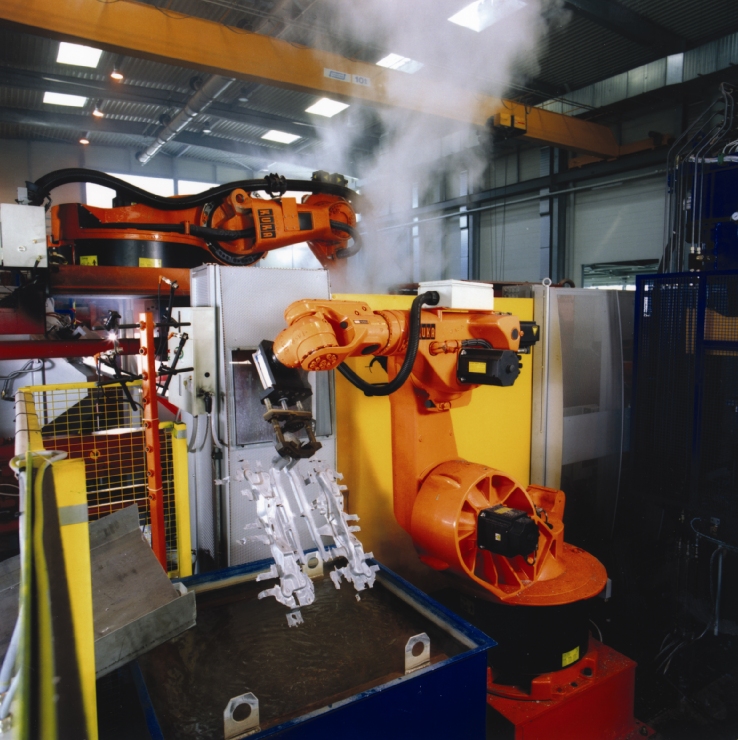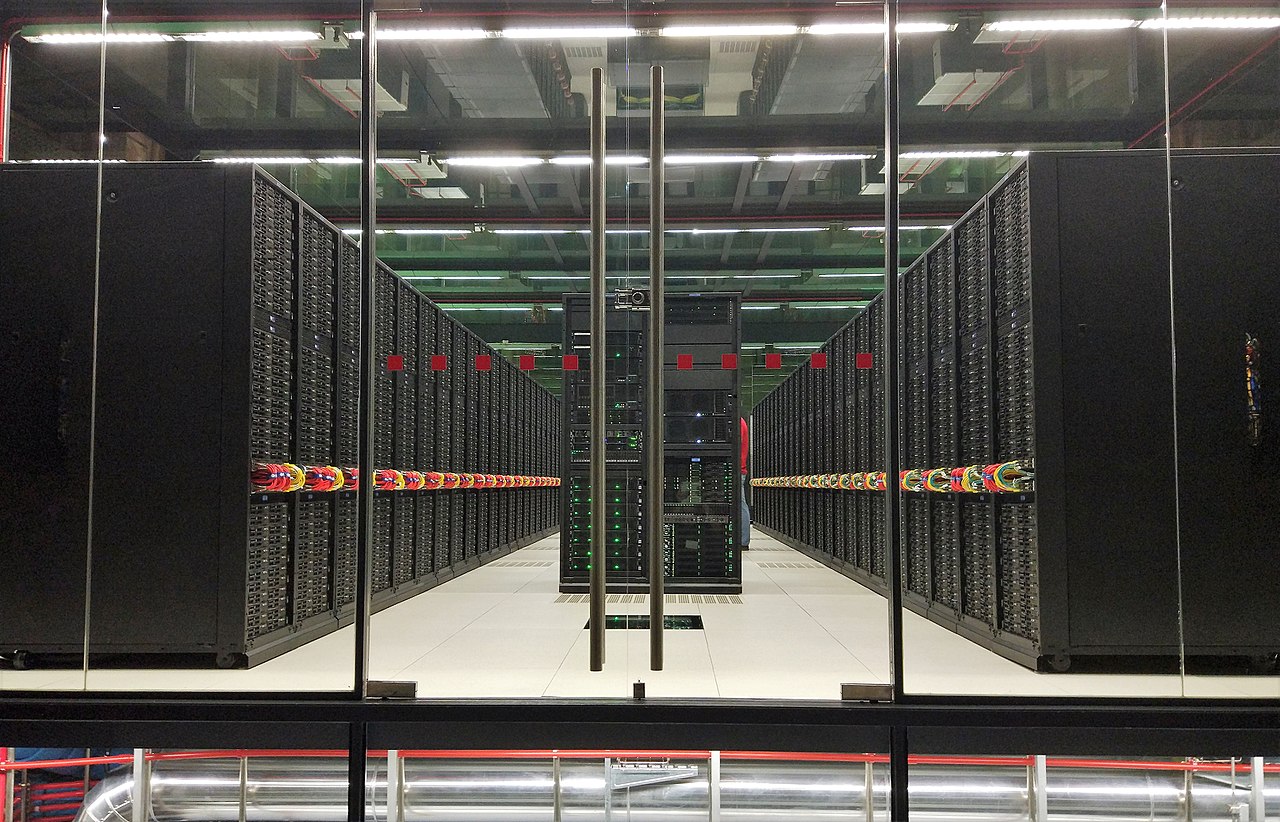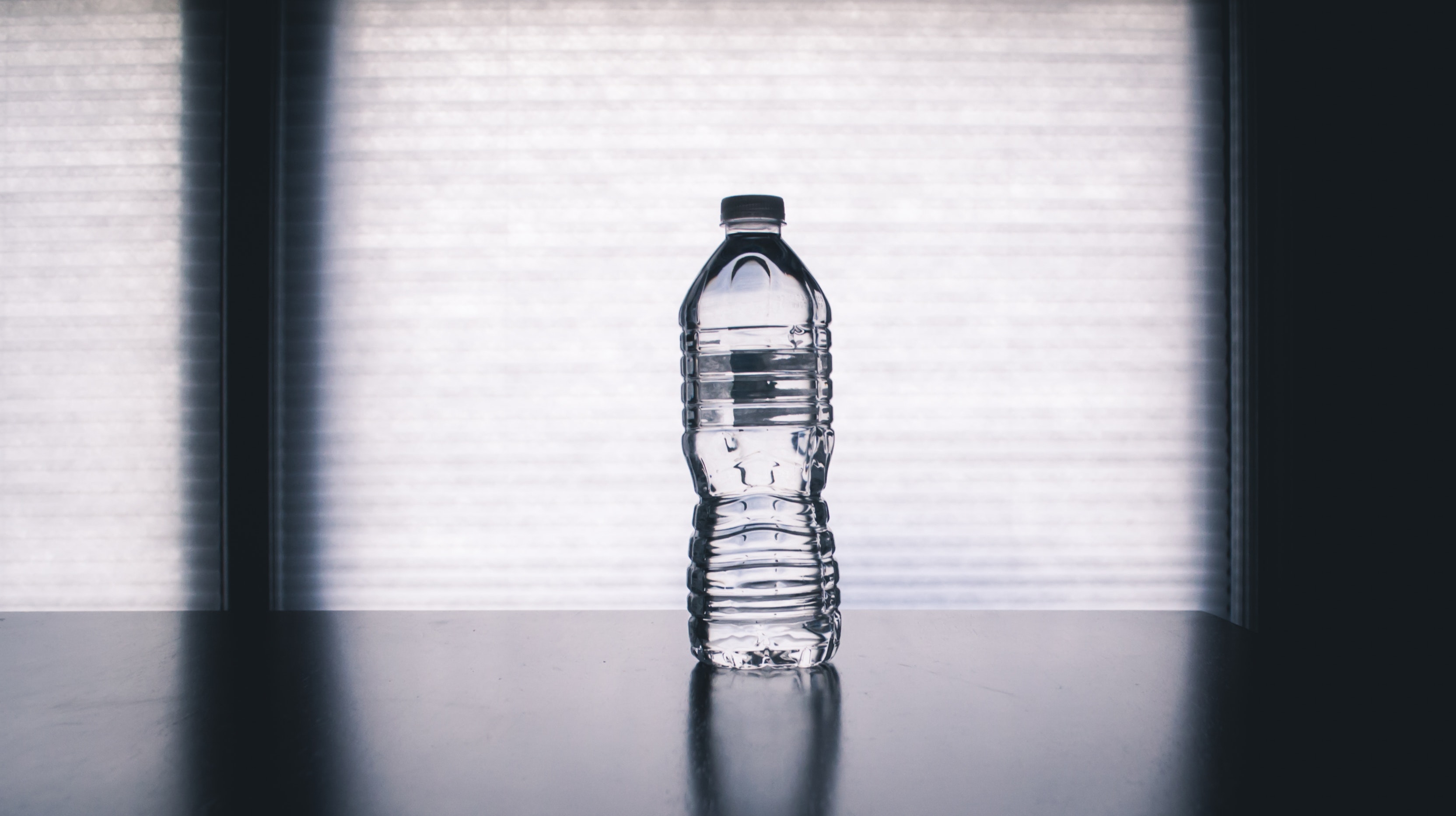Aluminum recycling is a traditional process—usually achieved through re-melting—which uses significantly less energy than extracting mined bauxite ore from its natural source.
There are disadvantages to the re-melting of aluminum when making metal parts. Firstly, major losses of the metal alloys can occur when aluminum is re-melted. Machine chips and other small pieces of scrap metal are also difficult to re-melt and use for large-scale aluminum die casting processes. Contamination and impurities can cause the mechanical properties of recycled aluminum, especially its strength and malleability, to be inferior to those of pure aluminum. And of course, re-melting itself is very energy-intensive and can therefore incur significant costs for an aluminum die casting manufacturer in China.
 In an effort to make aluminum production a more sustainable project, materials scientists are investigating ‘solid state’ recycling of aluminum chips by aluminum die extrusion, which promises greater metal yield and lower energy use than traditional recycling processes which utilize re-melting. Using the process of transmission electron microscopy (TEM) – comparing the size and distribution of critical grain boundaries of aluminum which is extruded through three different types of dies – scientists are researching how to utilize processed, machined aluminum chips by pushing the metal through a die. As aluminum flows through a die, it changes in shape and size. Shearing of the metal occurs as the rate of flow increases and decreases, producing a break in the oxide layer.
In an effort to make aluminum production a more sustainable project, materials scientists are investigating ‘solid state’ recycling of aluminum chips by aluminum die extrusion, which promises greater metal yield and lower energy use than traditional recycling processes which utilize re-melting. Using the process of transmission electron microscopy (TEM) – comparing the size and distribution of critical grain boundaries of aluminum which is extruded through three different types of dies – scientists are researching how to utilize processed, machined aluminum chips by pushing the metal through a die. As aluminum flows through a die, it changes in shape and size. Shearing of the metal occurs as the rate of flow increases and decreases, producing a break in the oxide layer.
“At PA International we are attempting to understand the ideal conditions necessary to guarantee the good bonding of aluminum chips,” asserts Chan Hu, chief R&D engineer at PA International, one of the top aluminum die casting companies in China. “Our aim is to control the micro-structure of aluminum and improve the mechanical properties of the metal to identify the optimum point in the shearing process.”
“We hope to find this optimum shearing point so that it will enable us to control the mechanical properties of aluminum, especially its strength and malleability. Identifying the greatest point of deformation will help us to modify the micro-structure of aluminum in a way that will reduce energy use during the extrusion process, as well as improve the tenacity of aluminum.”
PA International experimented with a flat-face die used in the creation of solid aluminum parts, a porthole die used prominently to make intricate hollow and semi-hollow profiles, and an Equal Channel Angular Pressing (ECAP) die, which assures the optimum level of shear alteration and in turn, the change of the micro-structure of aluminum itself.
PA researchers have said, “the use of the ECAP die led to the highest strength and ductility of chip-based aluminum extrudates.”
“With the TEM process, we can see grains and other defects in the micro-structure of the metal, thus we confirmed that even at a lower temperature, deformation caused by the extrusion changed the micro-structure greatly, creating tiny grains that improved the overall mechanical properties of the aluminum alloy.”








